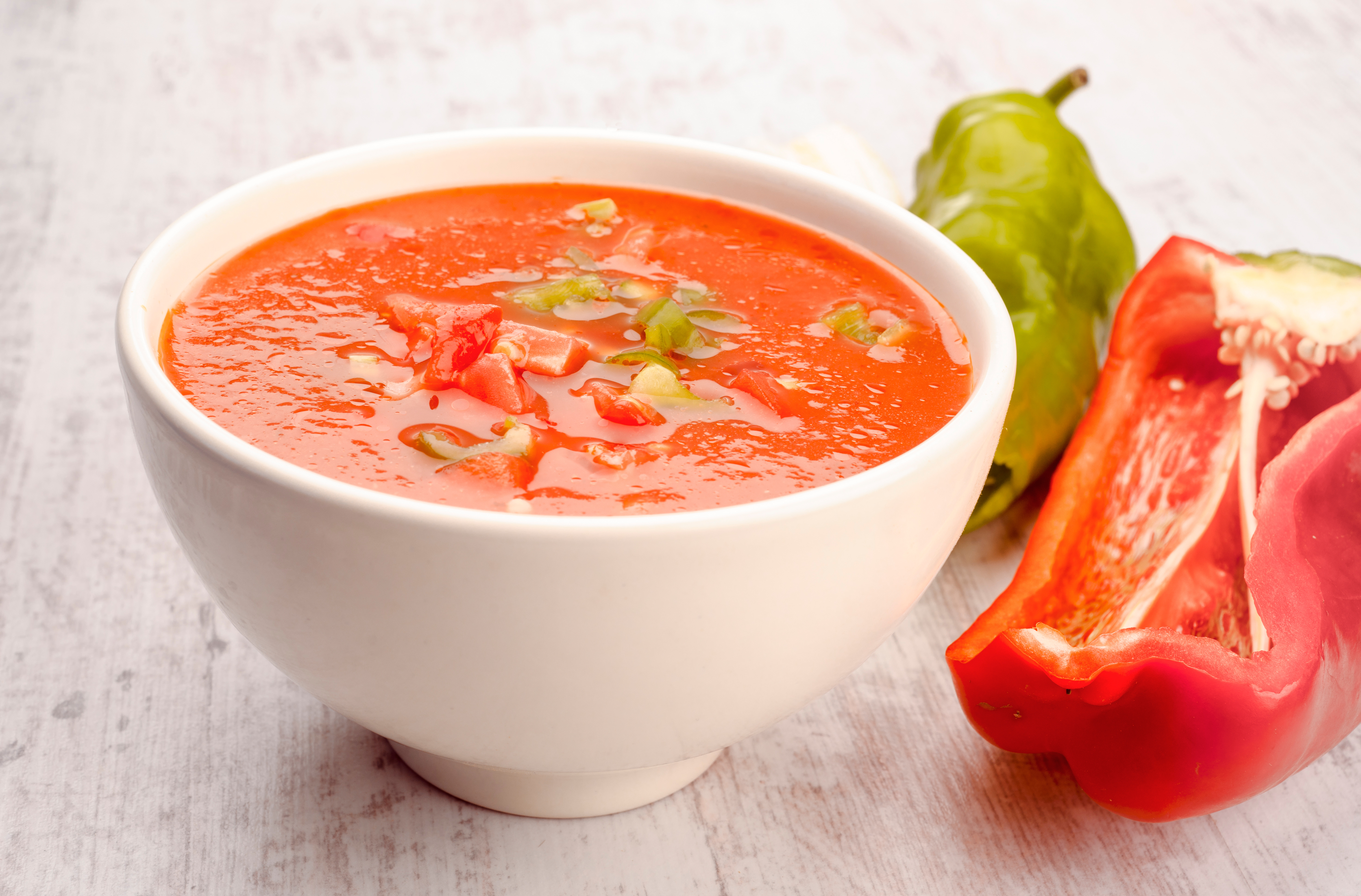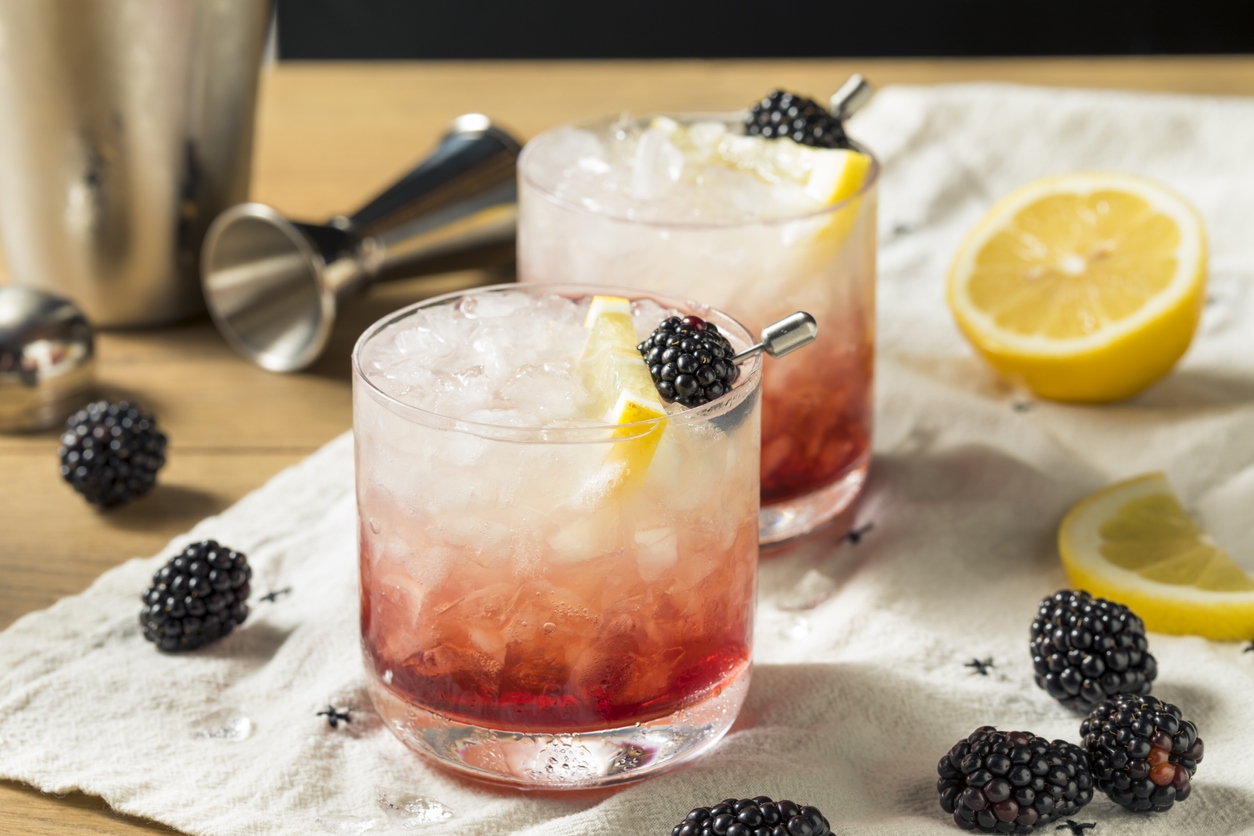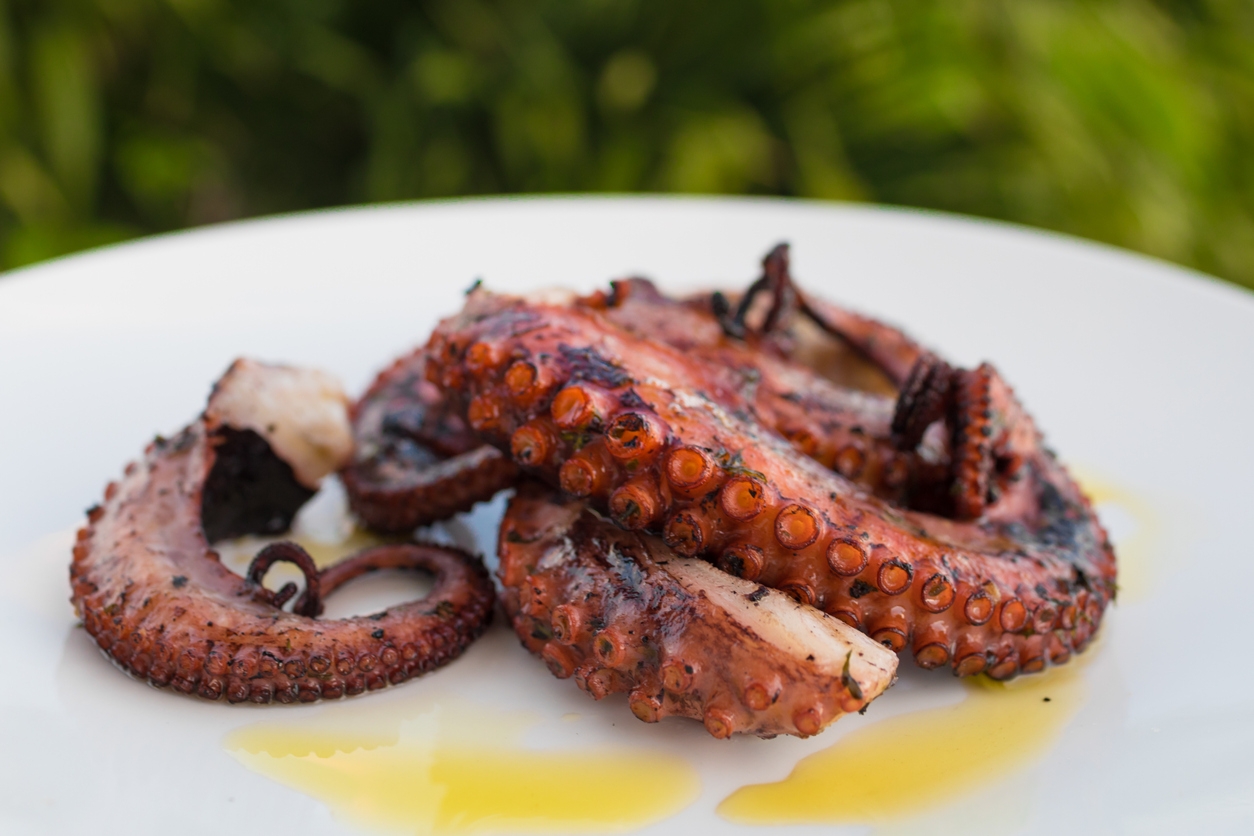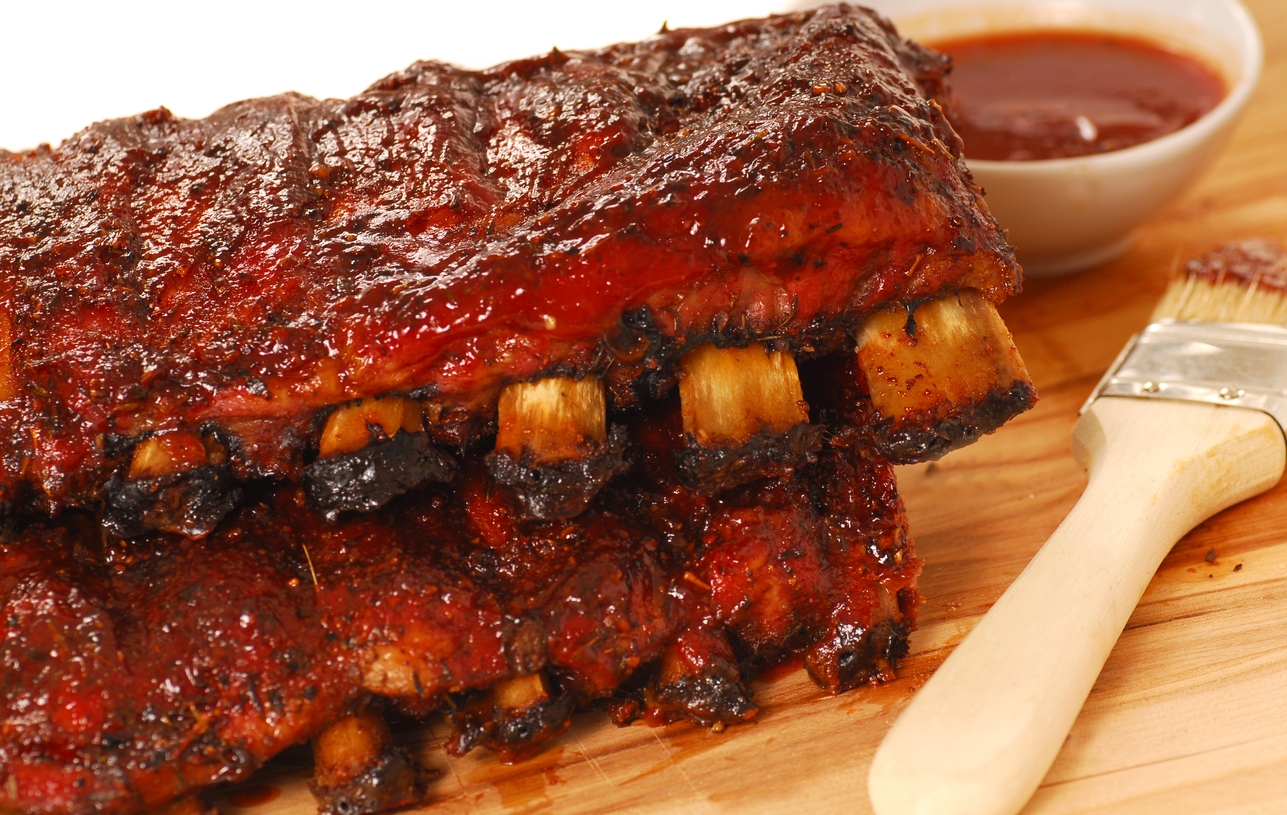Safe Storage and Food Handling Tips
To keep food safe at home, it’s important to take extra care in handling, preparing and storage of fresh foods, especially meat and seafood. Here are some ways to help you be a safe food handler.
Storage
- After shopping, get perishables home and into the refrigerator of freezer as soon as possible. If you plan to use meat or seafood within 2 days, keep it in its wrapper.
- Store fresh meat or seafood in the coldest part of the refrigerator, usually under the freezer compartment or in a special “meat” keeper. Be sure refrigerate air circulates freely around the package.
- For storage longer than 2 days either vacuum seal or wrap tightly in moisture proof freezer paper , to protect it from air leaks. Otherwise, it will suffer freezer burn, which is severe dehydration and causes a loss of flavor.
- The temperature of your refrigerator should be between 40-45 degrees and your freezer should be at 0-degrees.
- Don’t leave perishable foods out of the refrigerator for more than two hours. Keep hot foods hot (140 degrees or above) and cold foods. (40 degrees or below)
- After cooking, transfer food to shallow containers. You don’t have to let food cool before refrigerating. Leftovers should be refrigerated or frozen immediately in moisture proof paper, tightly closed containers or vacuum sealed.
- Properly wrapped and covered, cooked meat or seafood may be kept in the refrigerator for three or four days and in the freezer for up to three months.
Handling/Preparation
- Wash hands thoroughly with hot soapy water before and after handling any raw food.
- Bacteria can “loiter” in the towels, cloths and sponges you reuse, so keep them clean. Replace sponges frequently.
- Never thaw frozen food on the kitchen counter. Room temperature will promote the growth of bacteria on the outside of the product even while the product remains frozen inside. Thaw in the refrigerator or use the defrost setting of your microwave. We prefer thawing in the refrigerator.
- Bacteria present in raw products can get into other foods if you’re not careful. So, after handling the raw products and before continuing food preparation, wash everything you’ve used including dishes, knives, cutting boards and your hands with hot soapy water.
- Don’t be tempted to use the same plate that held raw products for serving cooked products. Raw juices can contaminate the cooked food.
- Non-porous cutting boards like plastic are recommended over wooden ones because wood can absorb juices, especially from raw products.
Temperature of Food for Control of Bacteria
- 212 degrees. Cooking temperatures destroy most bacteria. Time required to kill bacteria decreases as temperature is increased.
- 165 degrees. Warming temperatures prevent growth but allow survival of some bacteria.
- 140 degrees. Danger Zone. Temperatures in this zone allow for rapid growth of bacteria and production of toxins by some bacteria which cause food-borne illness.
- 40 degrees. Cold temperatures permit slow growth of some bacteria that cause spoilage.
- 32 degrees. Freezing temperatures stop growth of bacteria, but may allow bacteria to survive.






No Comments